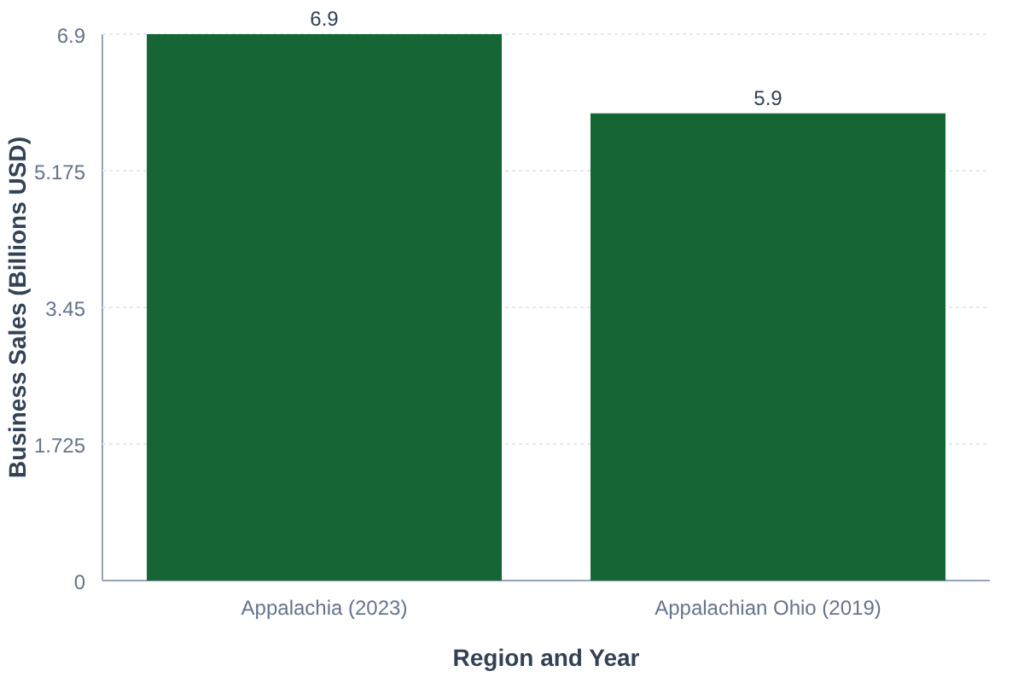Coal’s long slide has reshaped the Appalachia economy. In response, community leaders and tribal advocates are building a national “just transition” plan to grow new jobs, restore land, and strengthen local capacity, according to Appalachian Voices and the Just Transition Fund. A study of counties in the Appalachian Regional Commission (ARC) region finds only four counties have fully moved beyond coal while sustaining growth.
According to the U.S. Energy Information Administration, national coal jobs fell from 91,611 in 2011 to 53,583 in 2018. While Appalachia was hit hard, coal closures also affected parts of the Midwest and the Navajo Nation, straining household incomes, local businesses, and the tax base.
Advocates are pressing for a federal platform that backs local plans and investments. “From our perspective, this problem is so big it needs a response at every level,” said Just Transition Fund Co-founder Heidi Binko. “We need state action, local action, and we need the private sector to scale.” Proposed strategies include support for local leaders, mine reclamation, long-term economic diversification, infrastructure upgrades, and workforce development.
Labor and environmental groups say existing safety nets are not enough. “We actually need to approach this challenge much more ambitiously, and we’ve got to bring new tools to that project,” said Jason Walsh, executive director of the BlueGreen Alliance.
On the ground, communities are already testing new ideas. In West Virginia, local officials and nonprofits are converting old rail corridors into recreational trails to boost Appalachian tourism. In Arizona, Native entrepreneurs are working to bring solar power to thousands of homes on Navajo and Hopi land. These efforts highlight how sustainable development can take different shapes: job retraining, entrepreneurship, education investments, and site cleanup.
Keeping talent in the region is a priority. “We hear so often from young people in West Virginia that they feel like they have to leave to be able to access economic opportunities,” said Natalie Roper of Generation West Virginia, which focuses on workforce development. “It’s important that we are diversifying the economy and prioritizing strategies to expand upon new and emerging sectors so that young people — and all people — feel like they have choices.”
A recent analysis of all 420 counties in the ARC region underscores both the challenge and the path forward. The study identified four counties that transitioned from coal while maintaining population growth: Athens and Noble (Ohio), Laurel (Kentucky), and Sequatchie (Tennessee). Researchers found common ingredients behind relative success: better connectivity to larger markets (via roads and digital connections such as rural broadband), stronger human capital, greater economic diversification, and local government capacity to plan and partner. Even so, the report cautions that many ARC counties remain small and remote, with limited access to diverse job markets and persistent structural barriers.
Innovation is also bubbling up across the region. Inside Appalachia, a program from West Virginia Public Broadcasting, highlighted a slate of ideas created by Appalachians for Appalachia: “Trail Towns” that anchor tourism; lavender and medicinal herb farming on reclaimed land; efforts to extract rare earth elements from acid mine drainage; and new tech training pipelines. The nonprofit Appalachia Sustainable Development reported that, in its first year, a small cohort of forest farmers sold $2,400 in verified, organic blue and black cohosh, showing how niche markets can take root. Higher education leaders formed the Alliance for the Economic Development of Southern West Virginia to link university know-how with local projects, and Generation West Virginia launched a fellowship to match employers with emerging talent.

The transition is national in scope. The Navajo Generating Station, the largest coal-fired power plant in the West, shut down after 46 years, with nearly all 750 workers being Native American. The closure, along with the shutdown of the nearby Kayenta Mine, is a major financial blow to the Navajo and Hopi. “We are looking to become the leader in renewable energy throughout the Southwest and Indian Country,” Navajo Nation President Jonathan Nez told the Arizona Republic. Nicole Horseherder of Tó Nizhóní Ání said the emerging platform “is going to help equalize transition support across all coal-impacted communities.” And Marie Gladue of the Black Mesa Water Coalition noted long-standing inequities in basic services: “Power lines were built over communities on Navajo land… while thousands in the Navajo Nation remained with no electricity access or water,” she told the Navajo-Hopi Observer.
Back in Appalachia, nonprofit leaders stress that the work must be collaborative and locally led. “This overall just transition is never going to be solved by any one approach or any one organization,” said Peter Hille of the Mountain Association (formerly MACED). Appalachian Voices’ Thom Kay added that decision-makers need clear direction from the people most affected: “They need to know which policies to pursue… and that people in coal communities need to be involved in big-picture discussions about their future.”
The path forward is clearer than it once was. Success will likely blend place-based strategies—trail systems, land remediation, Appalachian tourism—with backbone investments in rural broadband, workforce development, and small-business growth. With the Appalachian Regional Commission, community groups, and national partners aligning around economic diversification and sustainable development, coal country is sketching out a practical roadmap for what comes next.

